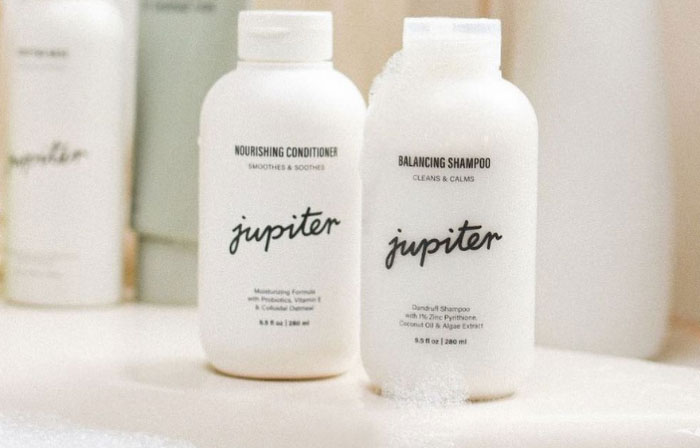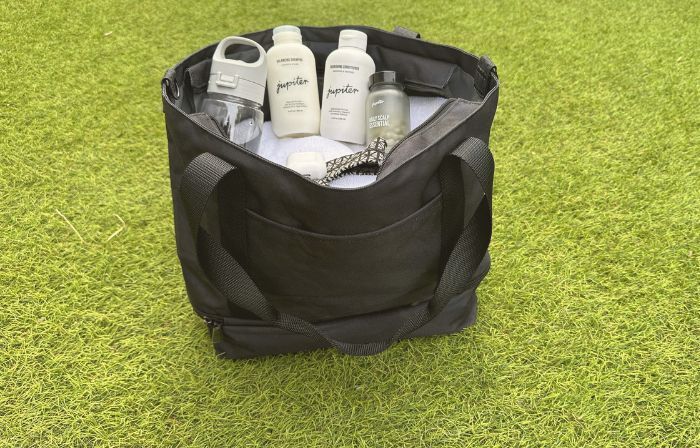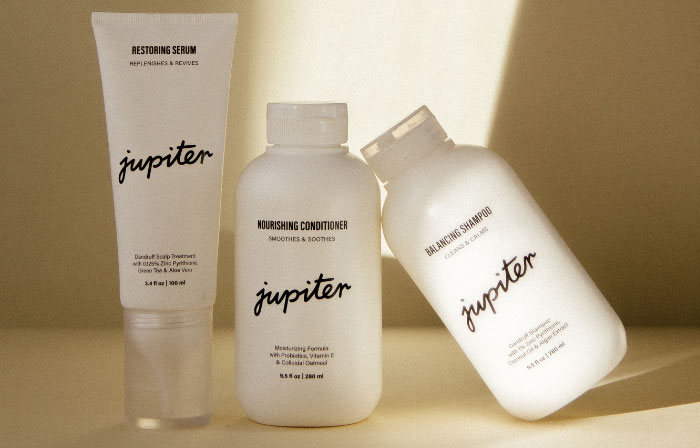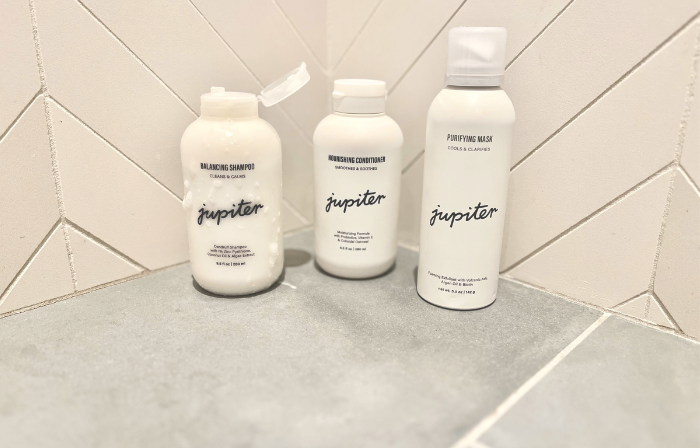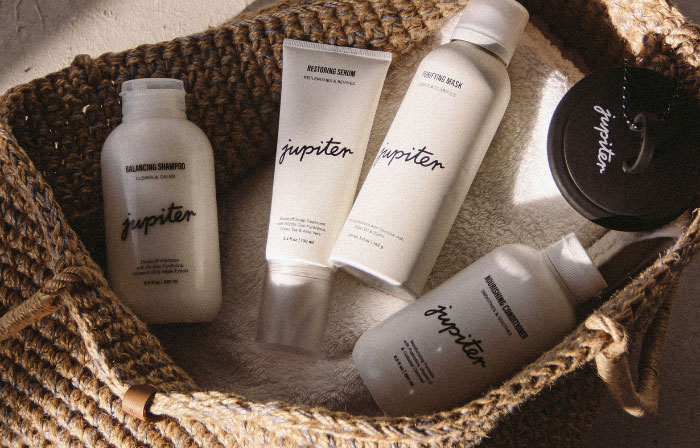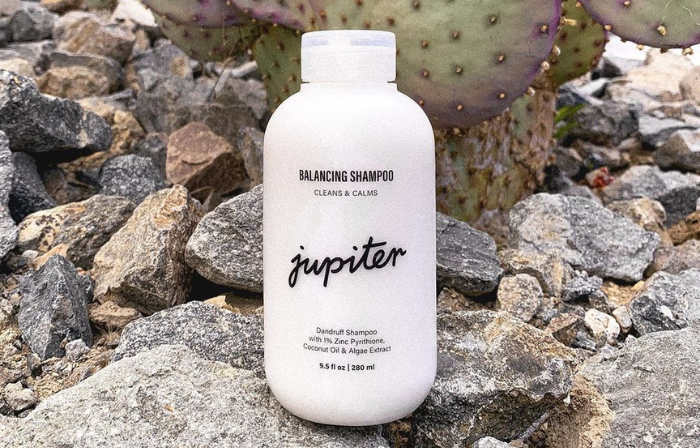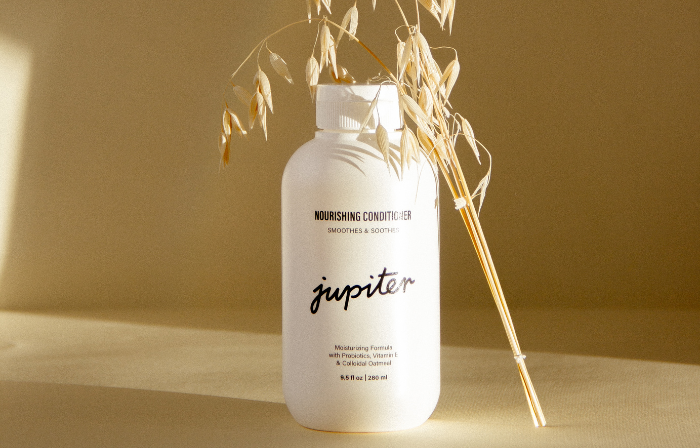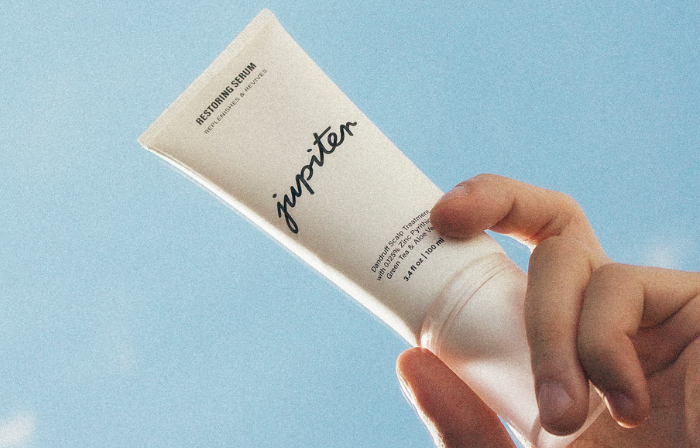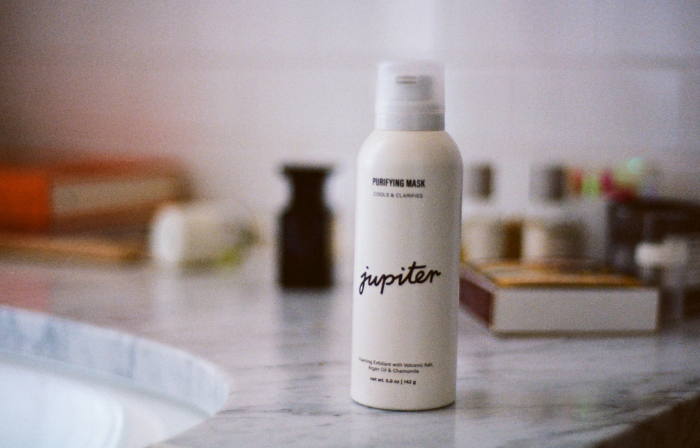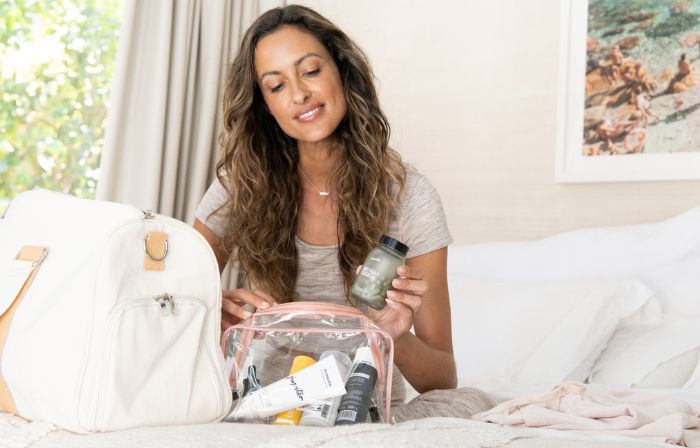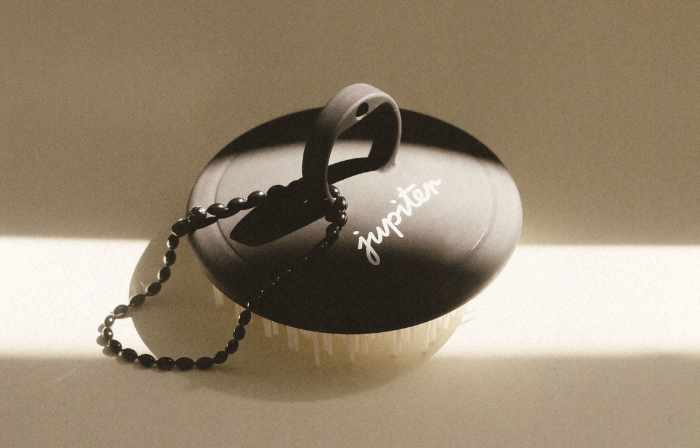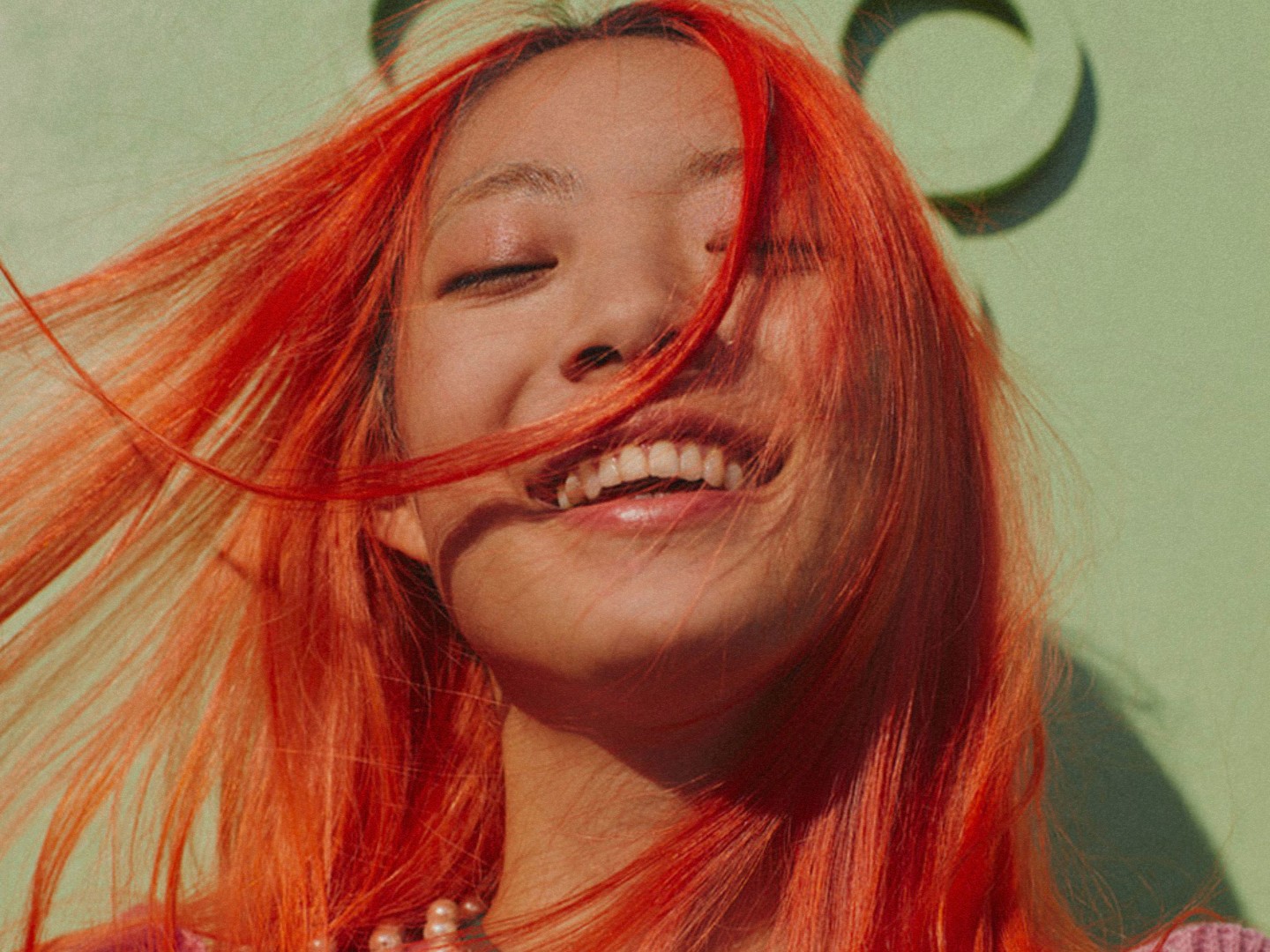We have a love/hate relationship with coloring our hair. On the one hand, switching hair color can be a fun way to express ourselves and keep life feeling fresh. On the other hand, the damage this kind of change can do almost makes it not worth it. Many of us are used to hitting the salon to see a colorist once every month or so. And while regular maintenance is required to keep from color fading, it’s worth mentioning that those monthly appointments can wreak serious havoc on your hair’s strength, and the health of your scalp.
Hair dye, even semi-permanent hair dye, leaves a mark on hair strands, effectively weakening them and reducing their ability to retain moisture. That’s why you see many color-treated hair shampoos and color-safe products on drugstore shelves.
Are these products really necessary? In short, yes. Dyed hair requires different care than untouched hair. Think about it like this: hair care is a science. When your hair is healthy and ‘virginal’ as some stylists like to call it, your hair strands and scalp require one set of nourishing ingredients to thrive and look their best. When you add in hair dyes and bleach, you’ve totally changed the molecular environment of your hair. This new variable means you need to ensure your hair and scalp care routine is addressing the needs of color and chemically treated hair. Moisturizing ingredients and soft, gentle formulas are a must. So what are the best shampoos for color protection, and what should you seek out when shopping for them? Keep reading for our comprehensive guide to washing your color-treated hair.
What Happens to Hair When We Color It?
Hair dyeing is so prevalent we wonder whether people are fully aware of what it is doing to hair strands on a molecular level. We don’t mean to dissuade anyone from seeking out their best blonde, brunette, or hot pink life; we simply want to arm you with information. All hair types are vulnerable to hair damage from coloring, whether you have curly hair, fine hair, thin hair, oily hair, or anything in between. Not many ingredients are so consistent across hair types and textures. So what’s actually happening when you apply hair dye to your hair strands?
Weakened Cuticles
Hair strands are so small we tend to think of them as one single thing, but the truth is that there is a structure to the hair. The outside of the hair shaft is protected by its cuticle. Inside is a cortex made up of mostly keratin. The color of your hair is determined by both the type and the amount of melanin in your hair follicles.
More eumelanin means you’ll have darker hair, while more pheomelanin means you’ll have red hair. When you apply dye to your hair, whether you’re using bleach or not, the ammonium in the dye breaks open your cuticle so that it can deposit a new pigment onto your hair’s cortex.
Unfortunately, that type of breaking does tend to leave behind some damage. As cuticles protect hair strands, breaking those cuticles open often leads to weaker hair.
Breakage and Hair Loss
If you’ve watched those “bleach-fail" videos on YouTube, you’ll know that over-bleaching hair can lead to serious breakage. As those cuticles are broken down repeatedly, the bonds that hold hair together can be damaged, which can lead to hair seemingly falling out in clumps.
Your ends are especially prone to this kind of breakage, as they’re the furthest from hair follicles and more likely to already be dry and weak. You're looking at more split ends down the line, especially if you dye your hair often.
That’s just part of why it’s important to make trimming maintenance a priority if hair dye is a regular part of your hair care routine.
Dehydrated Hair Strands
Dehydration is perhaps one of the most common effects of hair dyeing. If you’ve ever gone from untouched hair to dyed hair, you probably first noticed the shift in texture after the treatment. Suddenly, frizz! This is because your hair’s cuticles do not just protect the interior of your hair strands. They’re also what allows hair strands to absorb and retain moisture.
After dyeing, especially with harsh color treatments like bleach, the hair is more porous. So while it has no problem absorbing water, it does have trouble retaining it. If you’ve noticed that your bleached hair takes much longer to dry, it’s the same problem: porosity. Dehydrated hair strands generally mean you’re dealing with coarse, frizzy, and dry hair. These common side effects of hair dying are why it’s so important to build a color care routine focused on helping to heal and strengthen damaged hair.
What To Look For When Shopping for Color-Safe Shampoo
So, let’s get into the building blocks that make up a killer color-safe shampoo.
1. Skip the Harsh Ingredients
Perhaps the most important tip is to ditch a shampoo that includes harsh cleanser chemicals. If you’ve read this blog before, you’ll know we’re firm advocates of sulfate-free shampoo. Here’s why.
Sulfates are cleansing agents that are known to be a little too hard-working.
Your follicles produce a substance called sebum. These natural oils keep your scalp moisturized and coat your hair strands to protect them from getting dried out. When you use a shampoo that includes sulfates, you strip your hair of sebum, which can lead to dry hair and an irritated and itchy scalp. As emulsifiers, sulfates are the ingredients in shampoos that make them lather, contributing to a deep clean hair feeling. And while it’s important to clear away buildup, you don’t want to harm your scalp or hair strands in the process, and you especially don’t want to strip your hair of its color or chemical treatment.
Given the facts, we’ve formulated our Balancing Shampoo (and our entire line of products) without sulfates to ensure your color doesn’t fade, and your scalp remains moistruized and balanced.,
We also think you should avoid ingredients like parabens and phthalates and have more details on why in our blog here.
2. Protect Your Color By Avoiding Alcohol
This next tip is also related to ingredients but more focused on your aesthetic than your scalp health. Semi and demi-permanent dyes are especially prone to fading, but even permanent dyes can fade over time. That’s perfectly normal.
Shampoo and hair care products that contain alcohol can contribute to fading. This is because alcohol can dry out hair strands further and cause the color to fade from hair strands faster. If you want your color to last, look for alcohol-free shampoos and styling products.
3. Seek out Natural Moisturizing Agents
Those are some ingredients to avoid; here are some ingredients to seek out that can be beneficial to maintaining color. As we mentioned, dyeing your hair can seriously dry it out, so you want to seek shampoos containing hydrating ingredients. Our best advice? Don’t just rely on your conditioner for moisture.
The best version of a moisturizing shampoo will contain safe levels of natural ingredients like coconut oil, shea butter, or seed oil, that bring hydration back to your hair strands and help to coat the exterior of your strands in a protective layer.
That type of bond maintenance can go a long way in helping your hair look less frizzy and feel softer to the touch. Bottom line? If you’re looking to hydrate, you should look for a shampoo with the right ingredients that can work together with a moisturizing conditioner to keep your locks looking and feeling their best.
When you use a shampoo that includes sulfates, you strip your hair of sebum, which can lead to dry hair and an irritated and itchy scalp.
4. Try a Shampoo With UV Protection
It’s no secret that hair dyes and heat styling can damage a hair strand’s structure and integrity, but other external factors are at play. Sun damage is especially harmful to color-treated hair and can further weaken hair strands and push the color to fade faster. We always recommend applying SPF to your scalp or wearing a hat when you’re going outside, but you can also get some protection from your shampoo. Many color-focused shampoos include UV protection and ingredients with natural antioxidant properties to combat the effects of sun damage.
5. Maintain Your Tone With Color-Specific Formulas
When selecting a colored hair shampoo, you’ll probably notice that there are a number of options specifically formulated for certain hair colors. While there are brunette versions, this is especially the case for blonde hair, which has to compete with brassy tones that can crop up a few weeks after coloring. Blonde shampoo usually includes purple or blue pigments to combat those yellow tones. So, do these work? Yes, but don’t overdo it.
When it comes to purple shampoo, a good rule of thumb is to use it when you notice your hair becoming more brassy. If you overuse it and replace your regular shampoo with it, you’ll likely start to see a noticeable violet tone in your hair.
That’s why it’s important to keep up with your regular scalp and hair care with a shampoo that cleanses and balances your scalp, and using purple shampoo to help support color maintenance as needed.
6. When in Doubt, Level Up
Our last piece of advice when dealing with color-treated hair is to ask your hairstylist for advice. Quality hair and scalp care is worth it, especially when you’re already investing in the price of treating and coloring your hair regularly.
Salon-quality shampoos and hair care products avoid those harsh and harmful ingredients mentioned earlier, prioritize hydration and moisture with natural ingredients, and are often formulated specifically for color and chemically treated hair. Think about it like a level-up for your hair care game.
More Tips for Giving Your Color-Treated Hair Some Love
We have a few final tips for helping your color-treated hair maintain its vibrancy above and beyond your shampoo choice. Just like with shampoo, you want to be extra careful with styling products, including dry shampoo, hair spray, and texturizing putty or wax. Look for products that prioritize moisture and are free of alcohol to help protect your color.
If you’re dealing with frizzy hair, consider adding a scalp mask to your routine, preferably one that includes antioxidant-rich ingredients and soothing emollients like argan oil.
You can also try a daily supplement to ensure your scalp is getting the nutrients it needs to help strengthen your future growth, like vitamin E and key aminos.
Lastly, you can also talk to your hairstylist about choosing less damaging hair coloring products. While these won’t totally prevent damage, there is evidence that hair dyes which include conditioning ingredients do less damage than those that don’t. Harm reduction is always good in our book!
Last Thoughts on Hair Dye and Shampoo
Even if you dye your hair a drastically different color from your natural tone, it’s still important to remember that the health of your hair starts at the scalp. Maintaining a moisturized, balanced, and healthy scalp are paramount to ensuring your hair looks and feels its best, especially when you regularly color treat your hair.
The journey of discovering what helps your hair the most is worth it. Everything can change when you find the right shampoo and scalp care products for you. Give your color-treated hair what it craves and see just how much your hair can transform.
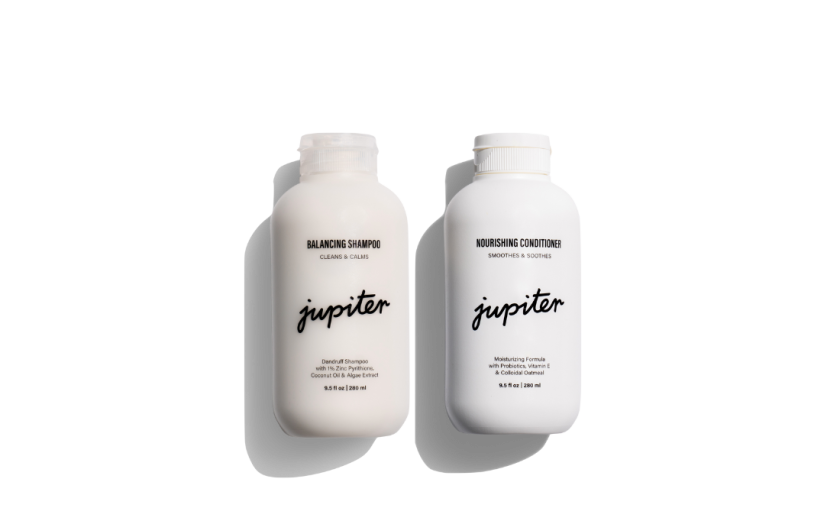
Our best-selling duo! The medicated Shampoo tends to your dandruff while the Conditioner’s combo of colloidal oatmeal and coconut oil moisturizes your scalp and hair. Safe for everyday use. Check out the Advanced Oil Control Trio if you flake on the regular and could use a bit more control.
Travelling? Check out our Weekender Capsules for on-the-go scalp care.
